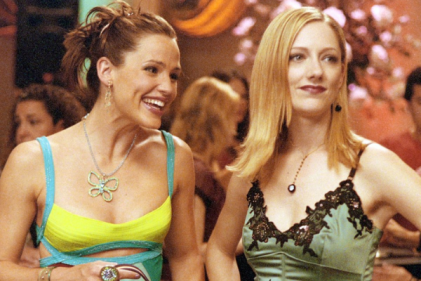In order for her to get fed properly, your baby must be properly attached. But, first of all, ensure that your baby is in the right position to begin with: your baby's body should face yours, with her nose against your nipple and chin touching your breast lower down. Your baby needs back and shoulder support from you, but her neck needs mobility, so that she can lean back when feeding. When your child opens her mouth for feeding, bring her closer to your breast, so that her chin touches your breast and her mouth covers most of your nipple. The lower section of your areola should be hidden from view, with a small area showing around the top of your baby's mouth.
The following are signs that your baby is correctly attached:
- When feeding, your baby's mouth is open wide.
- Your baby's lower lip is curled back – this is not always possible to view though.
- Your child's cheeks are round and full, not drawn in.
- There should be no slurping sounds. Your baby will be thirsty and drinking the fore-milk, so quick sucking is expected, followed by longer sucks with pauses.
- You should feel the milk being drawn from you; this feeling will be slightly uncomfortable, but that will pass.
- You shouldn't feel pain while your child is feeding. You will be able to hear deep swallows from your child and may see some milk at the corners of her mouth.
The following are signs that your child is not correctly attached:
- You feel pain during feeding.
- Your child has repetitive short sucks, without change in frequency.
- Her cheeks will be drawn in or dimpled.
- Your child will move around constantly and lose contact with the breast.










